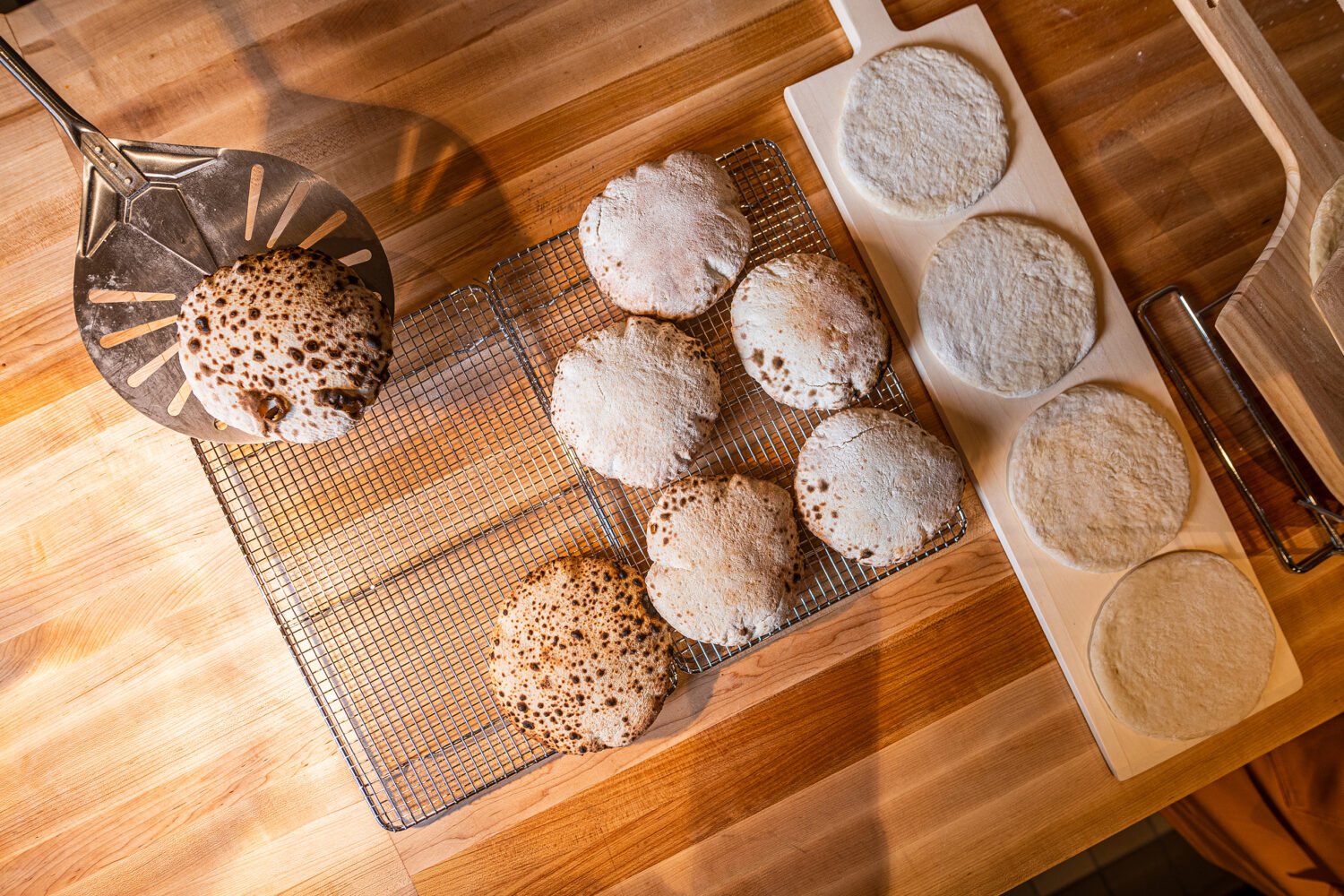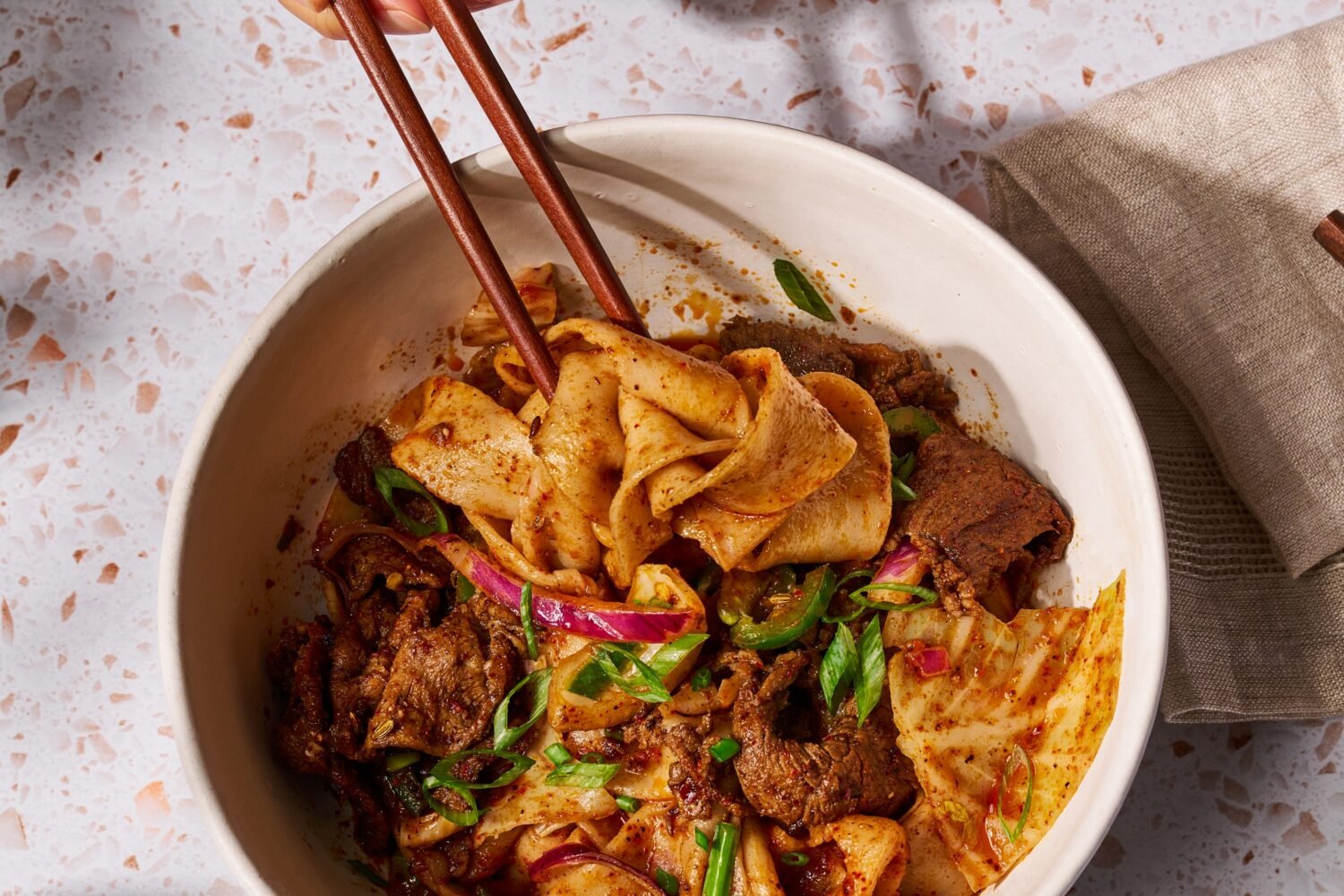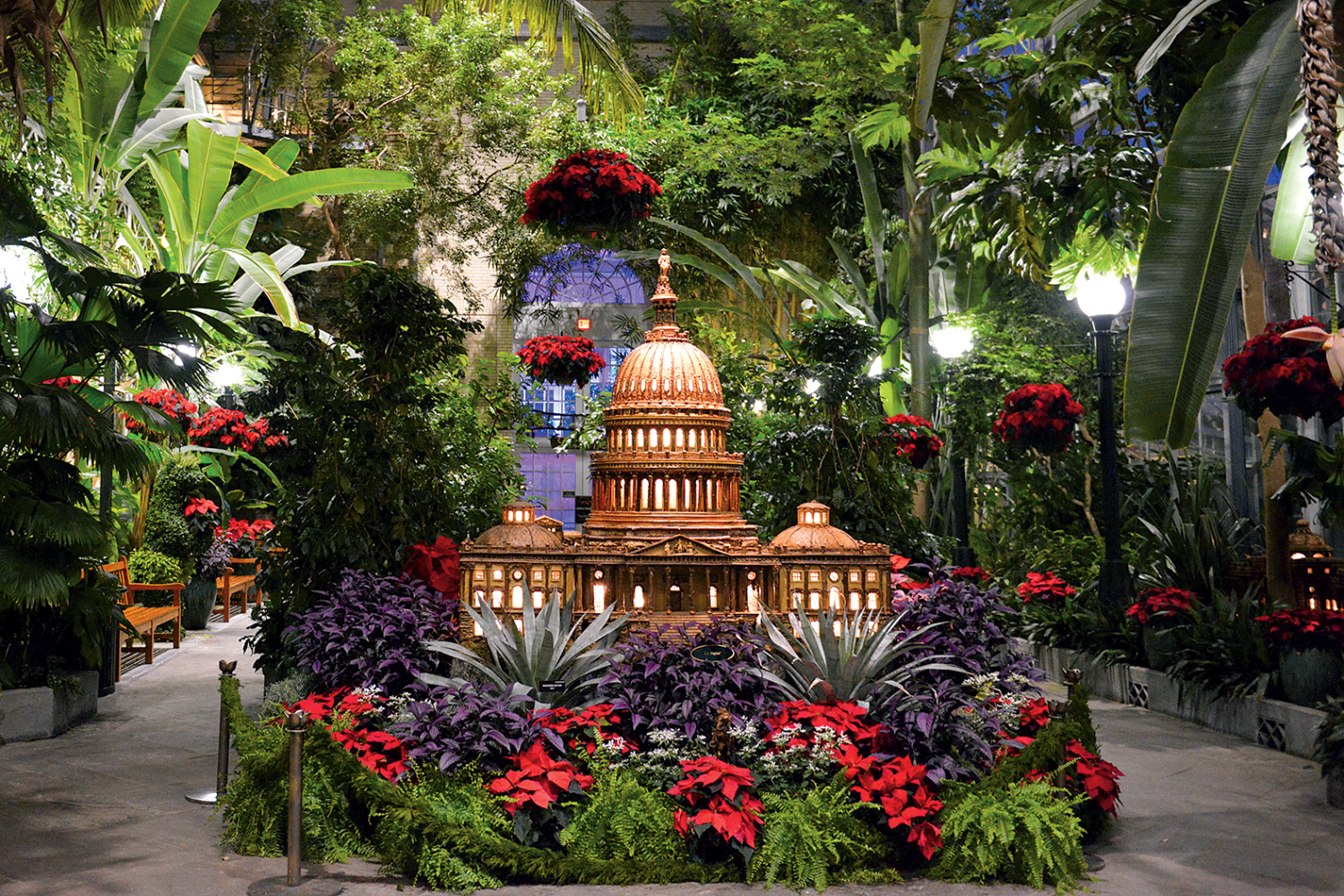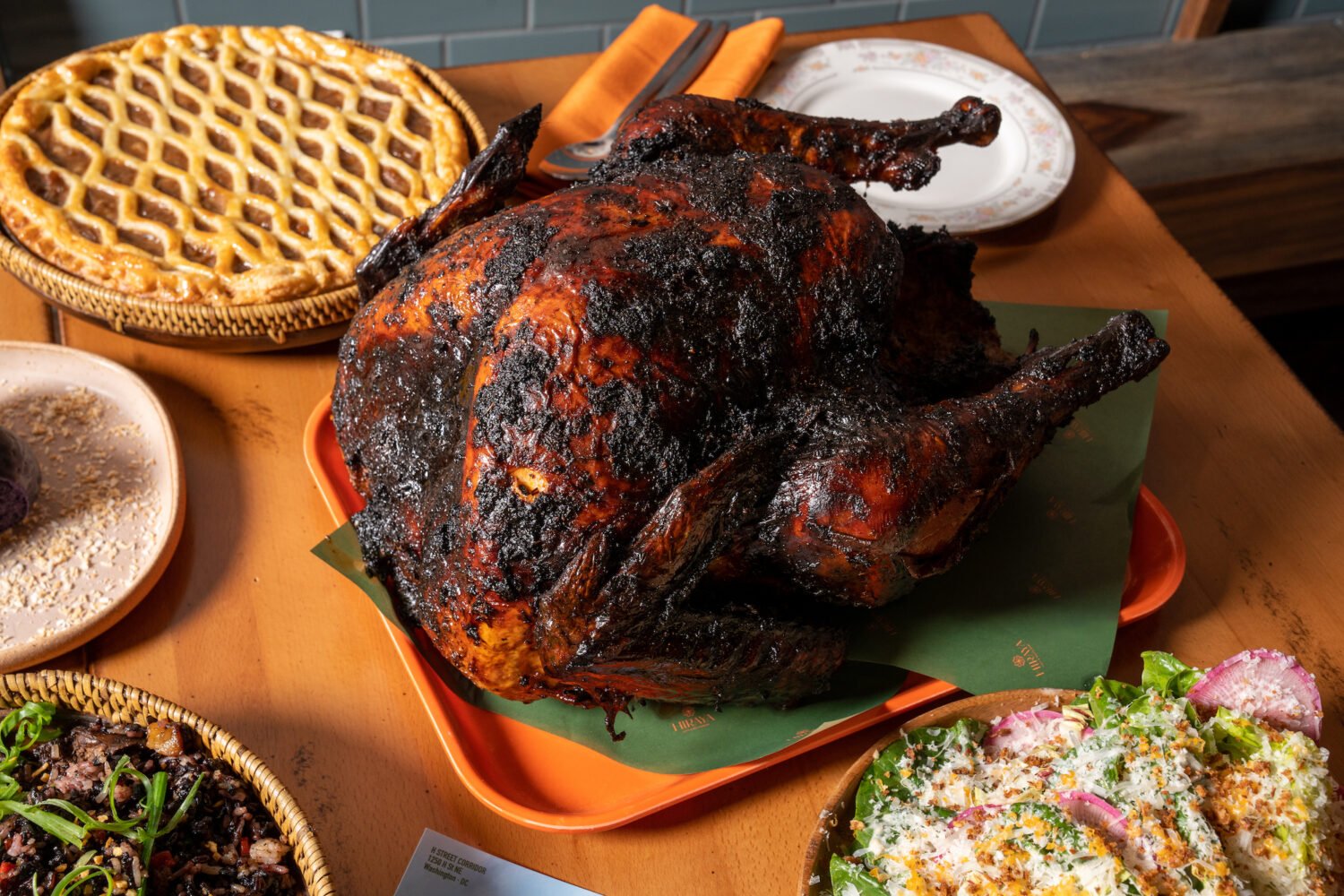The holidays are upon us, and this week the staff of Washingtonian decided to celebrate with pie—all six of this year’s New York Times Thanksgiving pies, actually. We baked them, brought them to the office for a taste test, and then slinked off to our desks to sugar crash and Slack each other feedback. In general, the pomegranate-cardamom-apple pie was the office favorite. Our staff also liked the coconut/caramel tart and the butterscotch/banana-cream pie. The cranberry-citrus meringue was not a hit.
Food writer Jessica Sidman sampled each pie and gave this (somewhat rough) assessment: “I did not like most of these pies, no offense to my colleagues. They were universally too sweet. Also, a lot of the crusts needed some help—I don’t know if that’s the New York Times’ fault or what.” This being a good question, I called up the developer of these pie recipes, Vaughn Vreeland. He had some helpful tips and insights. Anyway, here’s our roundup of the NYT Thanksgiving pies, plus a condensed transcript of my interview with Vreeland, where he tells me how to make a better crust. Next stop, cookie week.
Cranberry Citrus Meringue Pie
By Sylvie McNamara, Staff Writer
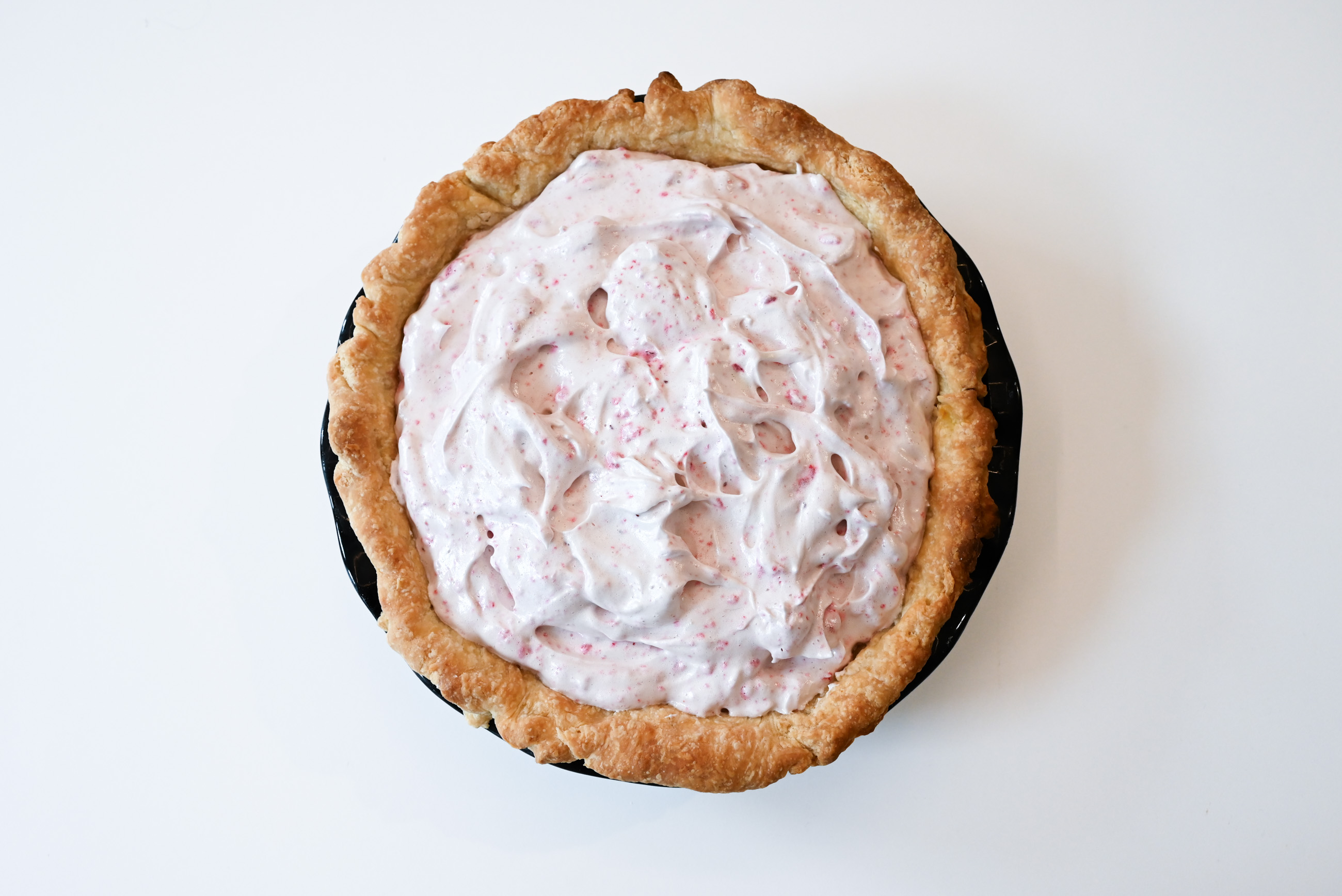
I am not going to sugarcoat it, this pie is far too sweet. I had to go back to the recipe to confirm that I’d read the ingredients right, but yes: It calls for two and a quarter cups of sugar, plus a full cup of orange juice. That is just not right. A cranberry dessert should be a little tart—it should not taste like one of those dirty sodas that the Mormon moms drink on TV. Also, this pie has four separate components: crust, citrus curd, cranberry sauce, and meringue. To be worth that kind of labor, it needed to be blaze-your-tastebuds good, but I couldn’t eat more than a bite. I will say, though, that the cranberry-streaked meringue looked delightful. If I cut the sugar substantially, I’d make that part again.
Colleague comment: “A little too sweet for me—reminded me of a Jolly Rancher” –Ann Marie Grills, advertising traffic manager
Sesame-Swirled Pumpkin Pie
By Andrew Beaujon, Senior Editor
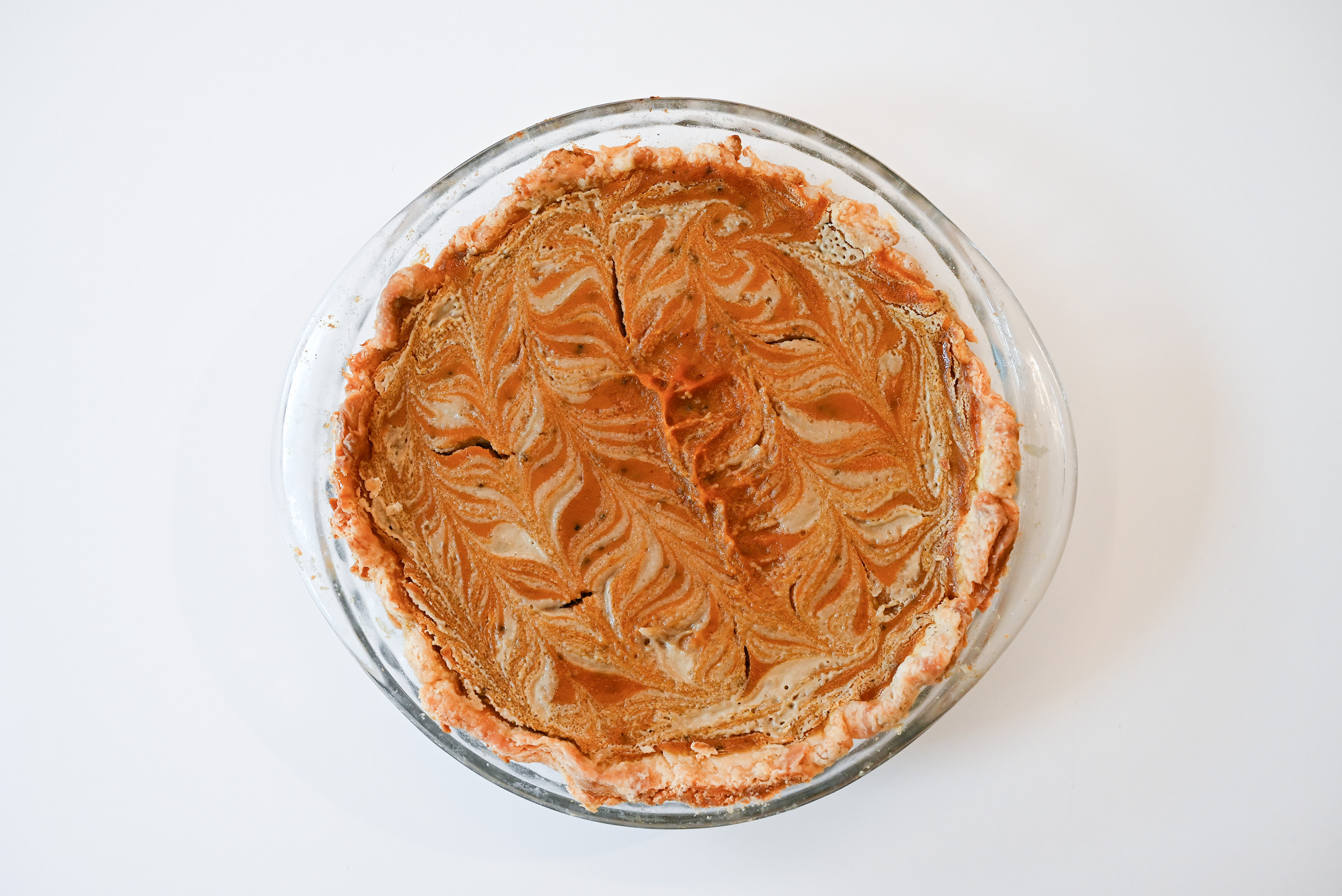
I didn’t have a lot of luck with this recipe. The ratio of pie work to pie enjoyment was way out of whack. I worried I had to handle the dough too much, which could be why one of my coworkers broke her plastic fork on it. I worried it had too much butter, which could be why the bottom puffed, even though I put lots of holes in it. The edges of the crust shrank, even though I doubled them. Another complaint: I did everything Vaughn Vreeland said would keep my pie from splitting, and it split anyway. Unfair! I liked the tahini-laced filling OK, and it came out pretty, though it was a touch salty for my taste. But I’m not sure this autumn staple needed jazzing up in the first place. “Pumpkin pie is one of those things, no matter how hard people tried, I think it was always kind of the same,” Vreeland said in his video about the recipes. That may be true, but maybe pumpkin pie is always kind of the same for a reason?
Colleague Comment: “Reminds me of a Chinese dessert, probably because of the sesame flavor.” -Connie Zheng, senior designer
Butterscotch Banana Cream Pie
By Daniella Byck, Lifestyle Editor

I selected my pie solely because it did not require actual baking beyond the crust. But still, it highlighted how poorly equipped my kitchen is: I didn’t have a rolling pin or even plastic bags to crush the wafers, nor a mixer to make the whipped cream. The latter meant 20 minutes of beating cream with one hand while Googling “does whipping cream take a really, really long time” with the other. I envisioned the dessert as a pie-ified version of Magnolia Bakery’s banana pudding, and while the pudding itself did not call for bananas, the little slices scattered throughout imparted just enough banana flavor. I’d definitely make this one again—but maybe after I buy a mixer.
Colleague Comment: “The little banana slices drove home a sort of baby food vibe, but I mean that in the most complimentary way possible” -Kate Corliss, editorial fellow
Coconut Caramel Tart
By Eric Wills, Home & Real Estate Editor
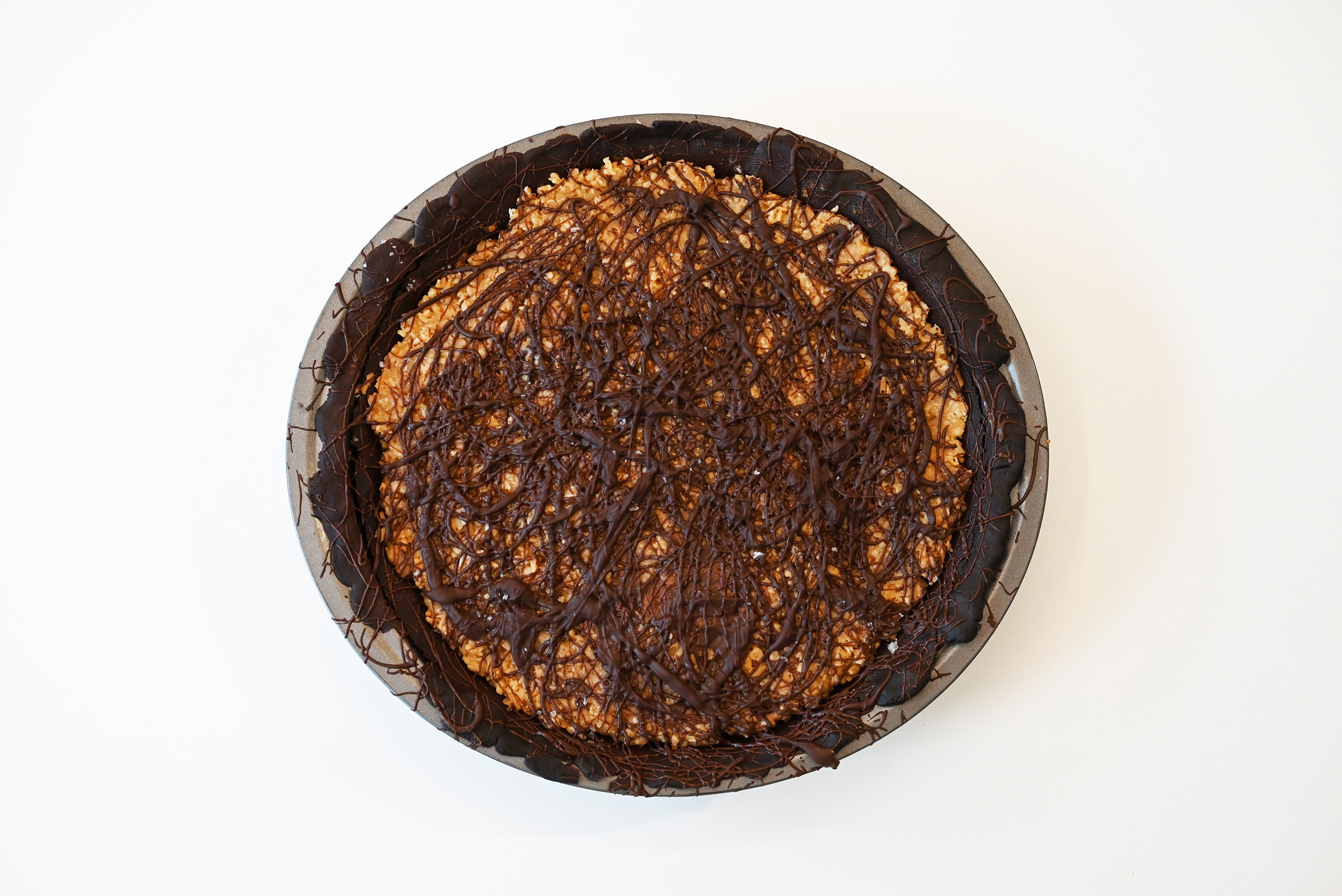
Why did I decide to make the coconut caramel tart? Simple, really. After years of watching Great British Bake Off contestants tackle the art of caramel-making, I thought it was time I tried my hand at this most delicate of culinary endeavors. Sure enough, I burned my first batch, which went from golden brown to black in a blink. My second go was a success. But be forewarned: this recipe is a commitment. Expect to exceed the stated three hours and 45 minutes baking and cooling time (and day became night). What emerged from my unskilled labors? “Eating this tart is like biting into a grown-up Girl Scout cookie,” the recipe raved. One bite, alas, was enough. It was sweet—sickly sweet. And dry. Prue Leith’s catchphrase—“not worth the calories”—danced in my head. Maybe it was baker error. Or maybe the recipe for the coconut caramel tart needs tweaking.
Colleague Comment: “As a Girl Scout cookie sales manager for my daughter’s troop, I can confidently say that the Coconut Caramel Tart is reminiscent of indulging in a Samoas cookie.” -Vanessa McDonald, communications director
Coffee-and-Maple Chess Pie
By Samantha Simmons, Office Manager
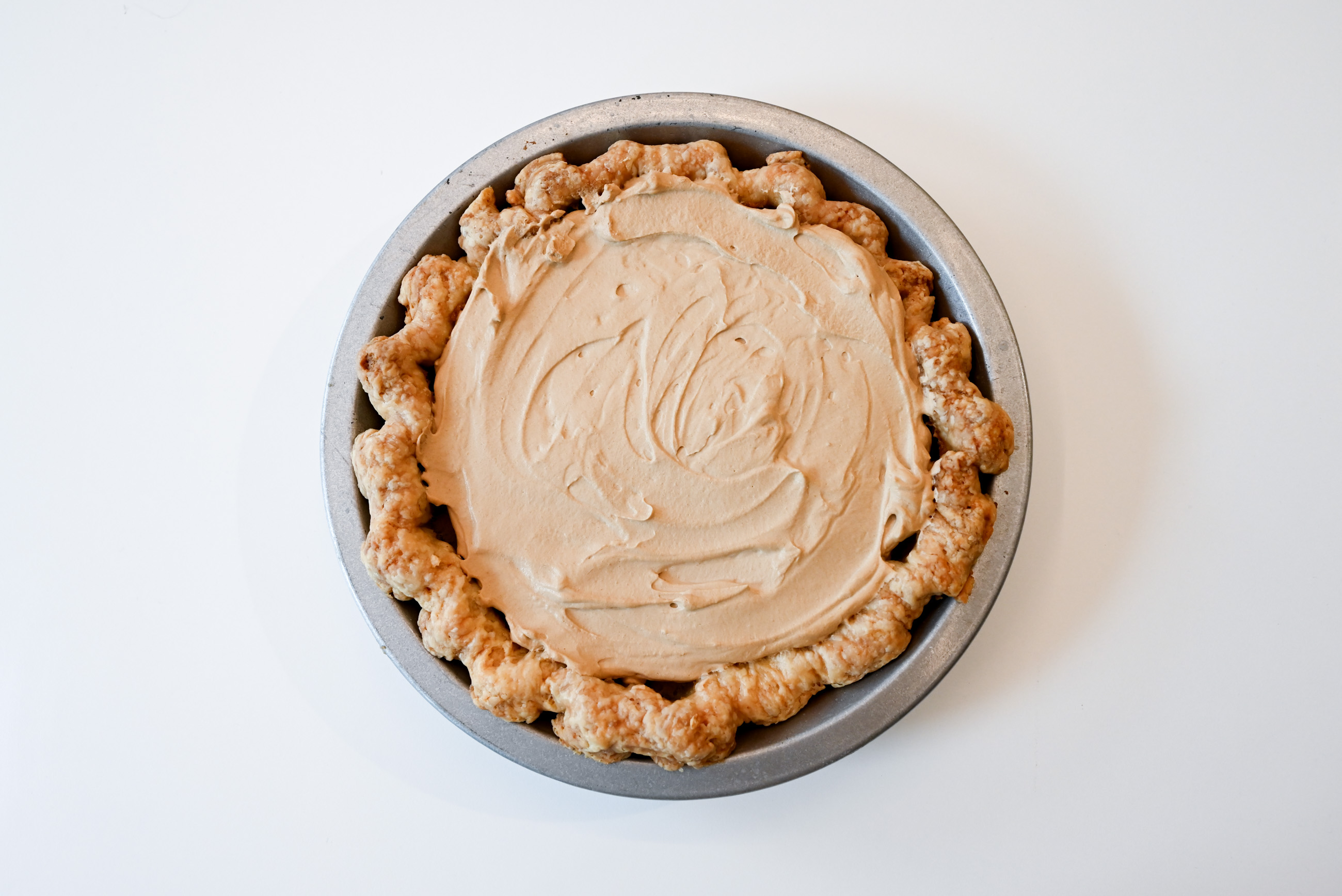
As someone who makes a lot of pie crust (usually for quiche), it did hurt me to move away from my tried-and-true King Arthur Flour pie dough recipe, but I felt like it went against the spirit of the project to not directly follow the pie dough recipe from the New York Times. Said crust was far and away the most time- and labor-intensive part of the recipe (my smoke detector went off twice during the blind bake because I forgot to stick the crust on a sheet pan, and butter dripped everywhere), but making the filling was as simple as whisking together all the ingredients. For me, the salty espresso whipped cream was the star of the show. I don’t think the maple flavor came through very well in the pie itself. I’ll be returning to the whipped cream far more often than the pie as a whole.
Colleague Comment: “This would be crazy to consume after a full Thanksgiving feast but it was so good that I would find a way.” -Kate Corliss, editorial fellow
Pomegranate-Cardamom-Apple Pie
By Emma Spainhoward, UX and Graphic Design Specialist
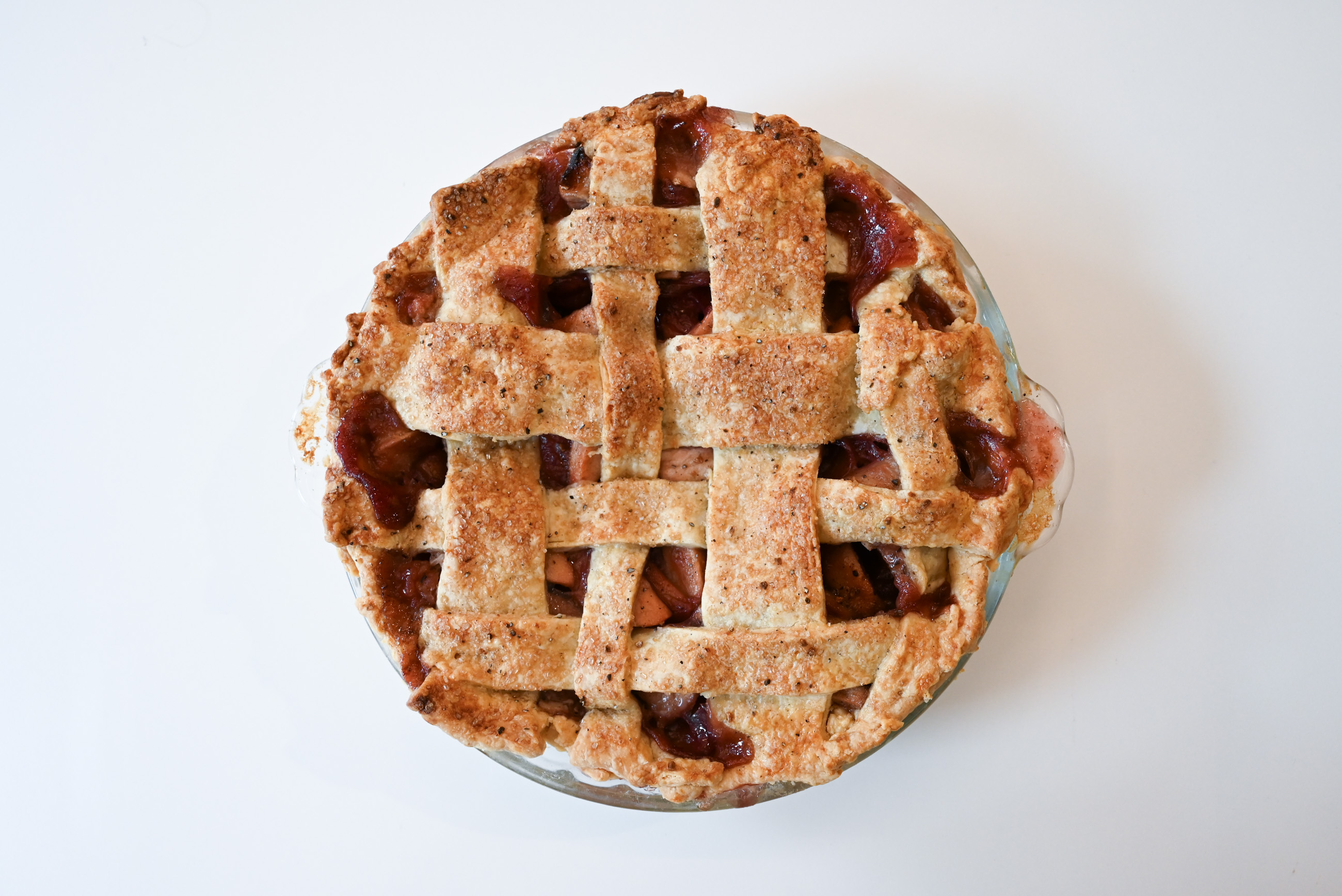
If you’re a tart pie lover, this recipe is well worth your time. Just sweet enough with lovely, complex flavors, the pie feels worthy of a holiday table. I used a mix of Granny Smith and Rome apples for the filling, which came together effortlessly—just be sure to budget time for it to cool before adding it to the crust. While the recipe recommends using the NYT laminated pie dough, I found the finished crust tough and a bit disappointing. I made this pie the night before, and it gets bonus points for still tasting fresh and wonderful the next day. This one is definitely going into my fall pie rotation, though next time I’ll stick to my favorite crust recipe.
Colleague Comment: “Not too sweet. Gorgeous kick of ginger. Best pie, hands down.” -Sylvie McNamara, staff writer
A Brief Chat With New York Times Recipe Developer Vaughn Vreeland

Following our office taste test, I hopped on the phone with recipe developer Vaughn Vreeland. It felt bad, honestly, to call someone with quibbles about their cooking—oddly intimate and rude. But Vreeland was a sport. “The team and I have worked very hard on this,” he told me. The recipes “have been tested a bunch, so to hear that folks are having issues—it’s like, oh no!” He was eager to help, and he had some good feedback. Our condensed conversation follows.
One common theme in our taste test was that the crust was tough. Where did we go wrong?
I think that the two biggest culprits of a tough crust are overworking it and over-hydrating it. And also maybe if the pieces of butter were too big. I’m not sure if any of you all had the chance to watch the video, but I get into it there. You want to have a mixture of different sizes of butter pieces: those small pieces that promote tenderness, and big pieces which make it flaky. So there’s that.
And then, also, I find that people typically add way too much water because they think that it’s dry. But really, your crust will hydrate if you properly refrigerate it. I would suggest at least two hours, overnight is best. That gives a chance for the gluten to relax and also for the crust to hydrate.
Oh, that’s interesting. I added more of the ice water and vinegar mixture than you said to because I just couldn’t get the dough to hold together.
Until I started making a lot of pies this year, I would do the same exact thing. You’re like, “Oh my gosh, this is never gonna come together.” But I would say to trust the process and trust the written recipe. These recipes—especially the crust—are tested at least four or five times, by me personally and a recipe tester.
I just had a panic response. It was so dry and crumbly, I said “there’s no way.”
Yeah, that’s what it is—“There’s no way this is ever going to work.” But don’t freak out, it’s going to be fine. And that’s also why you roll it in the plastic, using the plastic wrap to help guide the crust into more of a cohesive mass.
Good to know. The second thing we were noticing was that the pies are all pretty sweet, sweeter than we wanted them to be.
I’m sad to hear that, because I honestly feel like my desserts tend to be less sweet. If it was a particularly sweet pie, I tried to pair it with a topping that wasn’t sweet. For the coffee-and-maple chess pie, the pie is quite sweet, but the coffee whipped cream is not. And that’s to cut through the sweetness. The butterscotch/banana-cream pie definitely also has a sweet filling. But the crème fraîche whipped cream really doesn’t have that much sweetener in it, because it’s supposed to balance the sweetness.
What about the cranberry pie?
That one is actually quite tart, or it should be.
That’s the one I made, and we all found it to be really sweet, to the extent that I thought I might have done something wrong.
Interesting. The curd itself is really tart. My editor was like, “Are you sure you want it to be this tart?” And I was like, “Yeah, because the meringue is going to be sweet.” I’m not sure if you tasted the component parts before—
I did.
Was the curd particularly sweet?
It tasted sweet to me, yeah.
Oh, that’s sad to hear that it’s too sweet. I hope that folks who make it at home don’t find that.
I mean, it objectively calls for a lot of sugar.
Oh, yeah for sure. It has a lot of sugar. But the curd should be really tart, to be honest with you—so I’m not sure. I’m looking at the tester notes, and it says that [the pie] was delightfully tart. I had friends who tasted it and said it was too tart for them, they wished that it were sweeter. But I’m trying to look at some of the recipe comments on here—
Yeah, I saw one comment that said “it’s not too sweet, it’s perfectly tart.” And I’m like, Am I the idiot? I’m almost positive I measured it to the recipe, but maybe it’s my mistake.
No, I want to make sure this works for everybody. But thankfully, I’m looking at the notes here, and it looks like it has good results. I’m going to troubleshoot that one for you. I’m going to go back to my testing document, because that one, I really feel like I tested a bunch.





